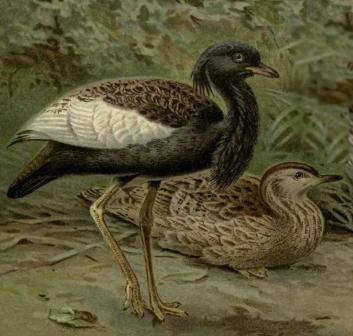Green Flag for electrification of Indian Railways’ remaining Broad Gauge Routes
The proposal for electrification of the Indian Railways’ unelectrified broad gauge (BG) routes has got the approval from the Cabinet Committee on Economic Affairs (CCEA). This electrification besides making Indian Railway broad gauge network completely operational on electric traction is expected to offer major benefits with regards to capacity, speed, sustainability, energy security and safety.

In addition to improving the operational efficiency, the electrification of the missing links, last mile connectivity focused in this proposal is expected to improve the average train speeds and boost the line capacity. A yearly saving of Rs. 13510 crore on the fuel bill is expected post electrification.
The previously electrified main trunk routes of the Indian Railways are already operational. Change of tractions seems to be the main blockage for seamless rail traffic flow. With the electrification suggested in this proposal, this bottleneck would be removed and the efficiency, line capacity and average speed of trains would also be augmented.
Nation’s energy security is also expected to improve as the requirement to import fossil fuels would get reduced with this electrification. Upon completing this proposed electrification, the consumption of high-speed diesel oil would go down by around 2.83 billion litres per year and emissions of greenhouse gases will also be significantly reduced thereby reducing the Indian railways’ impact on the environment.
Though more than half the passengers and two thirds of freight move on electric traction, only 37% of the total energy expense of Railways is from electric traction. This electrification would improve the finances of the Indian Railways as fuel bill savings of Rs. 13510 crore per annum is expected from this.
The benefits of this include:
Capacity and Speed – The requirement for traction change from electric to diesel and vice versa would be removed which would eliminate detentions of trains and provide seamless operation. With higher haulage capacity and higher speeds, the line capacity of the Railways would also be improved.
Energy Security – A reduction of around 2.83 billion liters in fossil fuel consumption is expected. This decision which aligns with the new Auto Fuel Policy will also ensure energy security as it reduces India’s dependency on imported petroleum-based fuels.
Energy bill savings – Rs. 3793 crore per annum is the savings expected from electrification of the areas covered in this proposal, while the overall savings is expected to be around Rs. 13510 crores per annum. Rs. 32.84 per thousand GTKM is the expenditure towards diesel locomotive maintenance while for electric locomotive it is Rs.16.45 per thousand GTKM. So maintenance costs would also be reduced. 15-20% of energy savings are also possible from the electric locomotive regeneration facility. Due to the high horsepower of the electric locomotive, the overall requirement is reduced.
Sustainability – Shift to electrification reduces the carbon footprint as the environmental cost per ton km for Diesel traction is 5.1 paise while that for Electric traction is 1.5 paise. Complete electrification would reduce the CO2 emissions by 24% by 2027-28, which would be in alignment with India’s commitment in COP21. By 2020, with the electric traction, the greenhouse gas emissions will be far reduced making this an eco-friendly solution.


